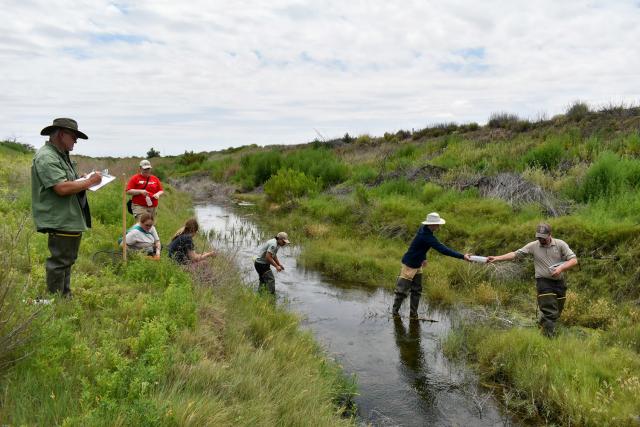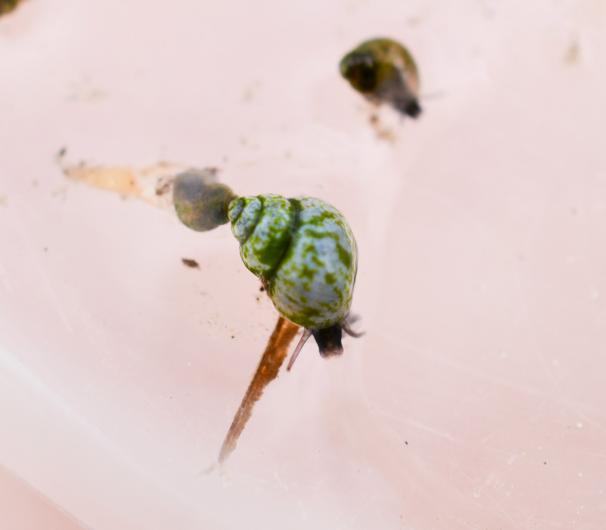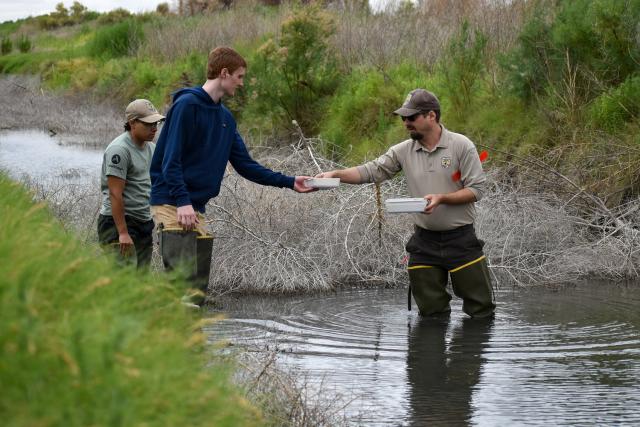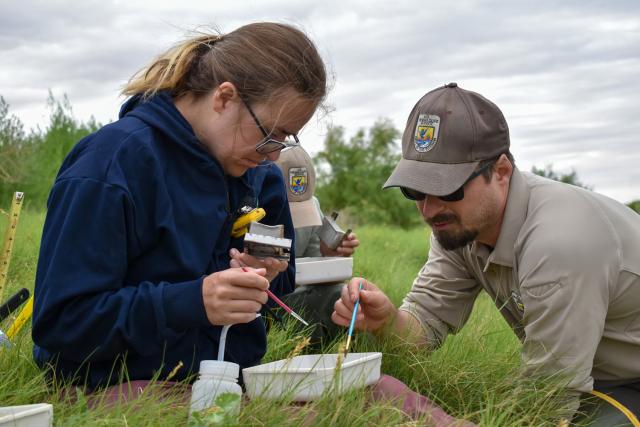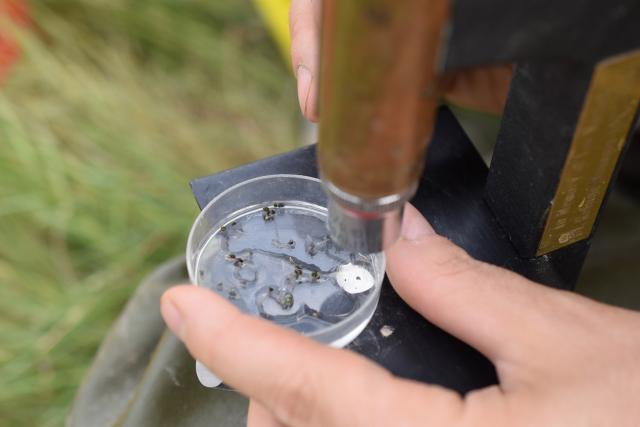Related Stories
- BLM New Mexico partners with Wilderness Inquiry for Canoemobile event
- Training pays off during BLM cave rescues near Carlsbad
- First 100 days: BLM drives energy expansion and national strength
- Wildland fire module ups fire management and resources
- A day in the life of a BLM Hobbs Petroleum Engineering Technician
Office
2909 West Second Street
Roswell, NM 88201-1287
United States
Phone:
Email:

